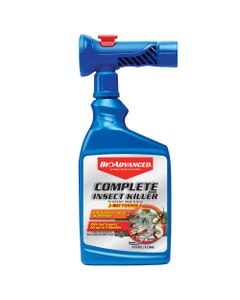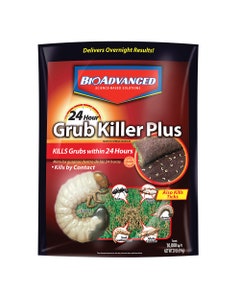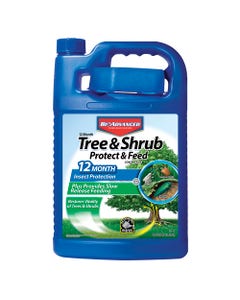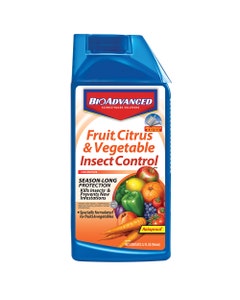

White Grubs
Lawn Grubs, often called White Grubs, are the immature form of different Scarab Beetles, such as Japanese Beetles, June Bugs (Beetles) or European Chafers. These white, C-shaped creatures have soft bodies with legs near the head. Most Scarab Beetles have a one-year life cycle; June Beetles have a three-year cycle. Timing varies by beetle species and region, but generally adults emerge from the soil from mid May-August, and mate and lay eggs from 2-3 weeks thereafter.
Grubs eventually turn into adult Beetles and emerge from soil to mate and lay eggs, which hatch into more Grubs.
Damage
White Grubs feed on grass roots and organic matter in the soil, causing sections of the lawn to die. They do the most damage from late summer into fall, but you may not realize how bad it is until the following spring when parts of the your lawn fail to green-up.
As your lawn greens up in spring, keep an eye out for brown patches that never turn green. Those dead patches may be due to Grub feeding that occurred the previous fall. In the summer, irregular-shaped dead patches could indicate Grubs.
If Grubs are present, the dead patch will roll up like a carpet, or you'll be able to pull up the grass and see that it has no roots. You may also see the C-shaped larvae. Animals like crows, skunks, raccoons and armadillos digging up your lawn can also be a sign of white grubs. They are searching for grubs, which they love to eat.
Further inspect your lawn to find out the extent of the infestation. A healthy….as before. A healthy lawn can easily support a Grub population of zero to five grubs –and possibly as many as nine per square foot. Scout a lawn in late summer by digging several sections of sod 1-foot square and 2 to 4-inches deep. If Grubs are present and feeding, you'll see them in soil.
Location
White Grubs are present throughout the United States.
Similar or Related Pests
Lawn Grubs, Japanese Beetles, June Bugs, European Chafers
Cultural Solutions
- The adult Japanese Beetle traps attract more beetles; therefore, traps are not recommended.














